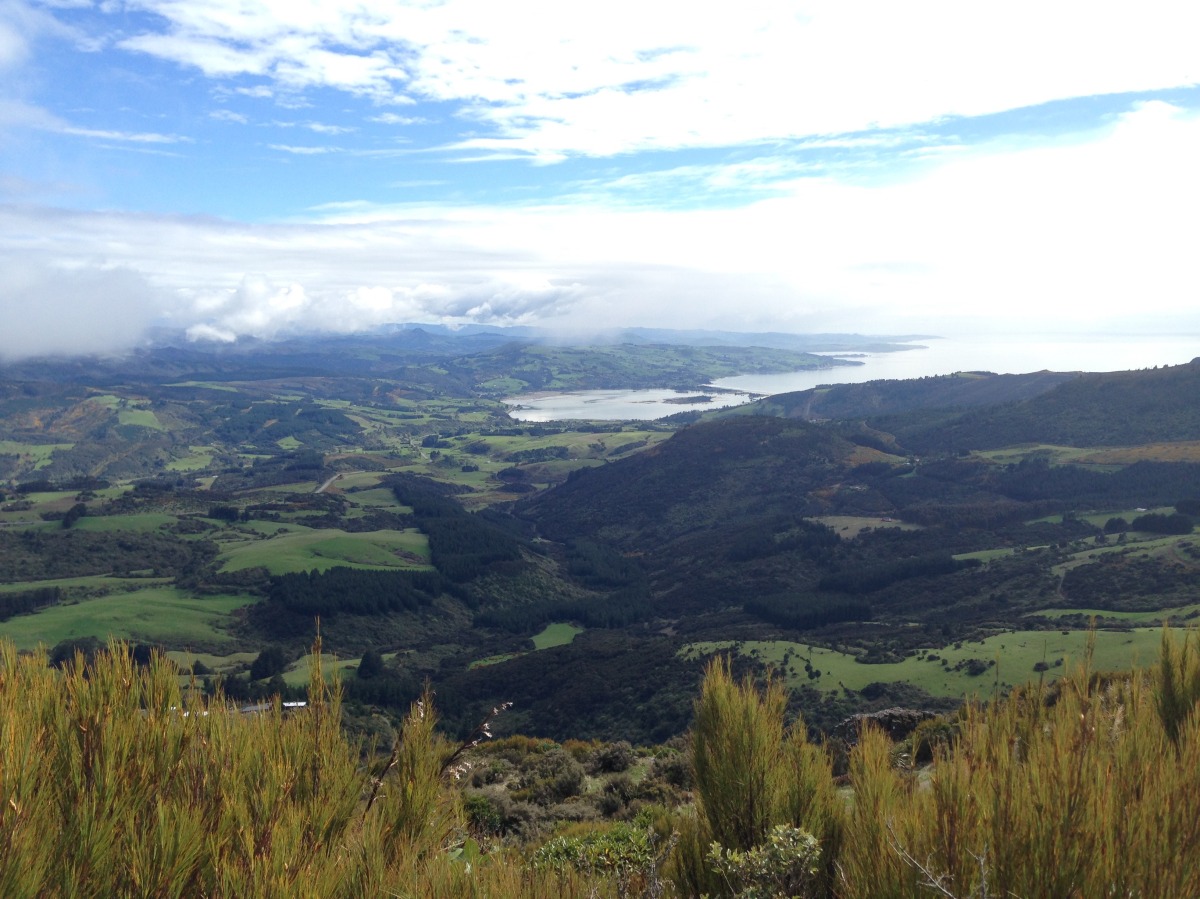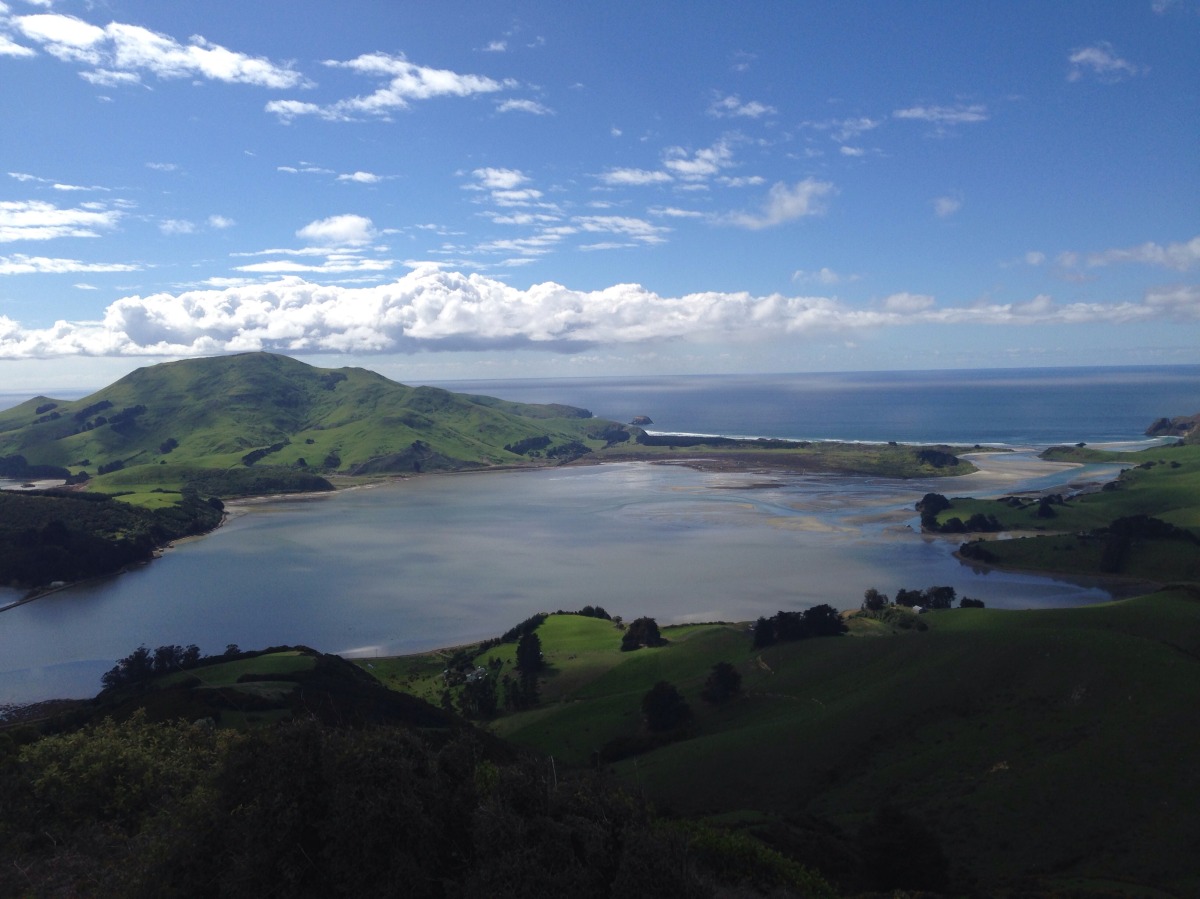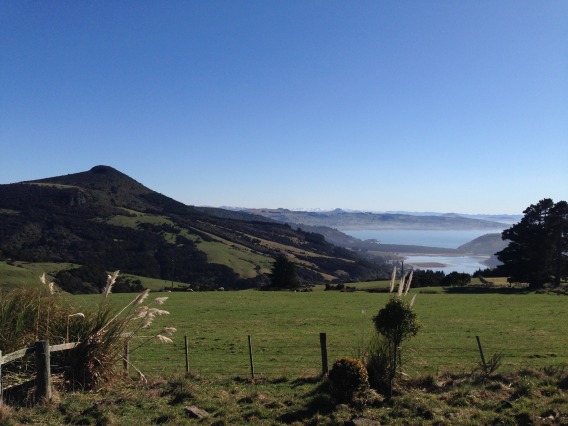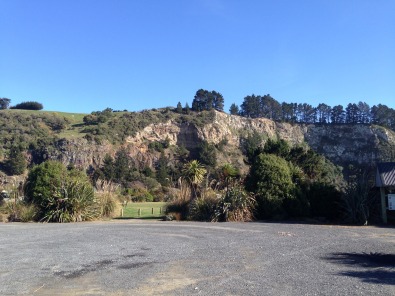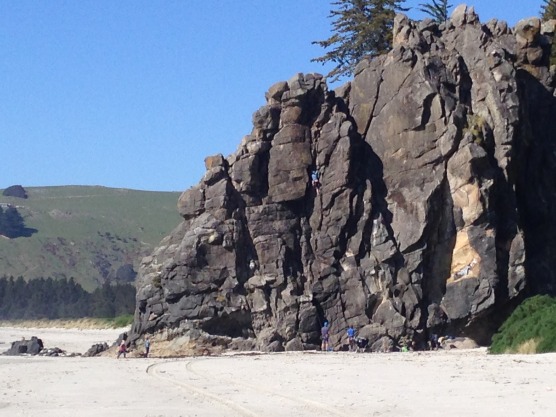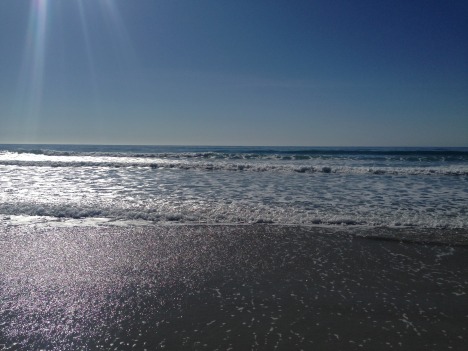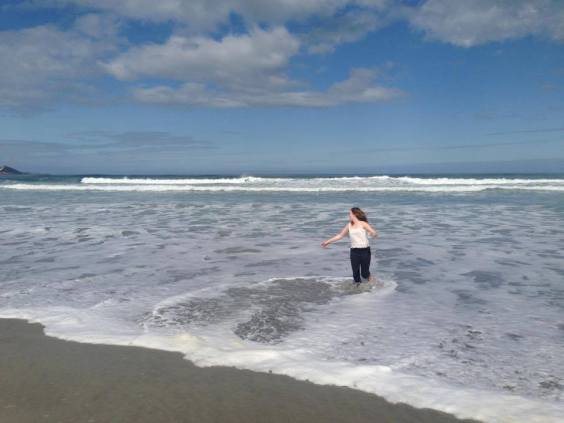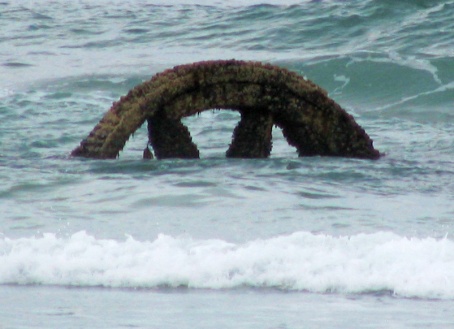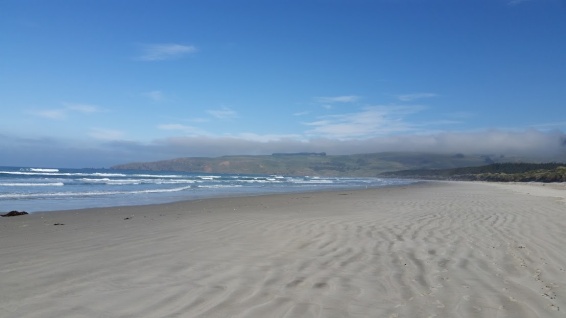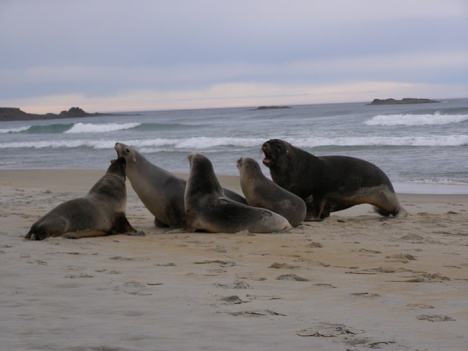Two posts in two days, I’m on a roll! The post will detail our hike up to the summit of Mount Cargill and the detour we did to the Organ Pipes. This has been a walk I’ve wanted to do ever since I moved to Dunedin. From our bedroom window we can see the towering summit of Cargill (granted you have to crane your neck to see it), and it is the biggest component of the Dunedin skyline.
I will start this post by talking about an extraordinary individual named Alfred Hamish Reed. Born in England in 1875, he moved to Dunedin at a young age and worked on gum fields with his family and for some time lived many hardships. When he was a child he injured his knee so severely that he was bed-bound for one year. In his very little spare time he took up the skill of shorthand, and eventually got a job with a typewriter company. In his early 20s he moved to Dunedin to open a branch of the company. From there he established his own publishing company which went on to be hugely successful. He wrote many books about New Zealand and published many religious texts. Due to this, he is regarded as one of the most influential literary figures of New Zealand in the twentieth century. Now, you may be wondering why I am telling you this. Alfred wasn’t just a writer, but he was also an avid walker. Even with all his knee trouble, he still rambled frequently into his ripe old age. At the age of 99, Alfred climbed Mount Cargill. There is meant to be a short track on the Mount dedicated to this remarkable man, but we could not find it.

Our walk began in Bethune’s Gully which is a great spot near north Dunedin. It has the appearance of a place far from a city centre, and would have been a great place for a BBQ. As you embark on the track you are quickly consumed by the New Zealand Bush. Although there is incline the whole way there, it is a fairly easy going track for the first hour, and the creeks and greenery around you make for a scenic walk. As you start to rise higher all you can see is bush, and much of the track feels like an earthy tunnel. You can see the odd glimpse of the sky, but the summit cannot be seen for most of the walk.
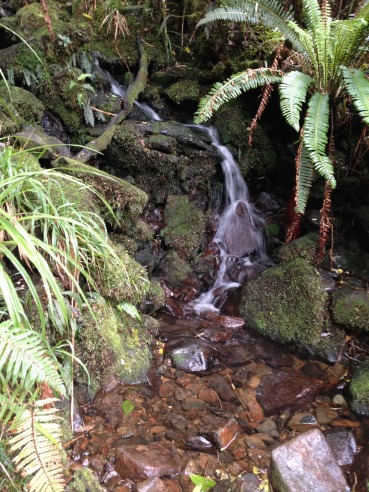
After an hour you reach the open air and find the steps up to the summit. These can be slippery, but make it much easier to climb than on the mud. Although Mount Cargill is only a mere 676 meters high, it did have the feel of walking on a mountain towards the end.

Once you reach the top and see the views, I guarantee your jaw will come crashing down to the floor. It. is. incredible. I have seen so many different variations of this scene, and the theory holds true, the higher you go, the better the view. The Peninsula slithers through the land, the hills slalom in-and-out around it, the city sleeps ever-still, and the clouds and land assemble together in a triumphant transition. This is Dunedin’s best view, and one can understand why the aged Alfred Hamish Reed grappled with Cargill to see it.
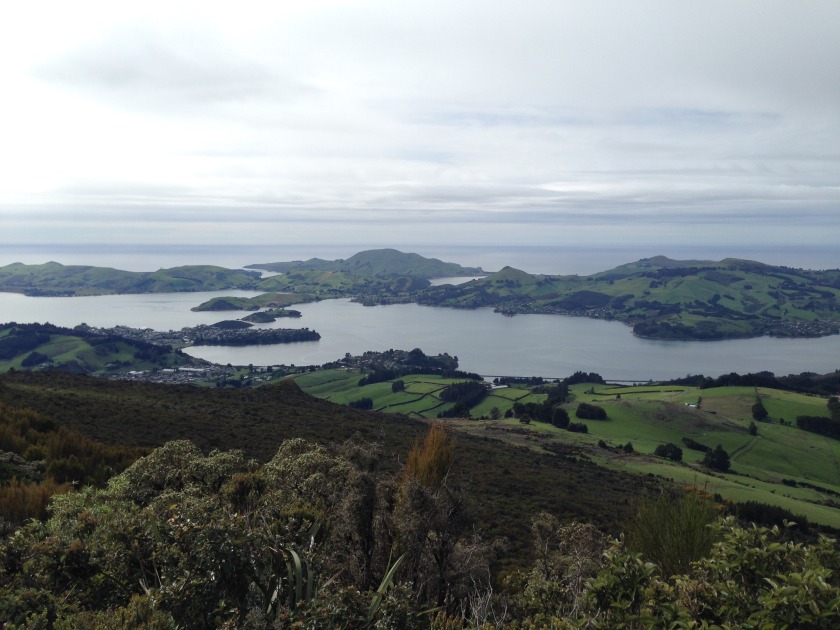

On our way back we decided to take the detour to the Organ Pipes. It was a 30 minute walk to the other side of the Mount, and the way down was fairly slippery due to the recent rain. The Organ Pipes are a geological formation, from lava that cooled, contracted, and formed cracks which propagated downwards as the mass cooled. While you can clearly see why it is called such from sight, the pictures I got were not as clear. Therefore, I decided to climb up them as high as I could go. This was to my girlfriends dismay as she thought it ‘was too dangerous.’ If you’re an able climber I would advise to do it. There was an abundance of foot-holes, and it was very fun. I had played a few games in the Tomb Raider series when I was younger, and I felt just like Lara descending an ancient temple. I climbed fairly high and managed to get a few better pictures of the Organ Pipes and descended back down.
The whole hike was around 5 hours in total, with the way up to the summit, the detour to the Organ Pipes, and the way back down. To say the weather in Dunedin has been pretty miserable lately, this was a walk to brighten up the gloom. I hope that if I get to the age of 99 I can still hike as well as Alfred Hamish Reed, and if I can I’ll certainly return to do this walk.
